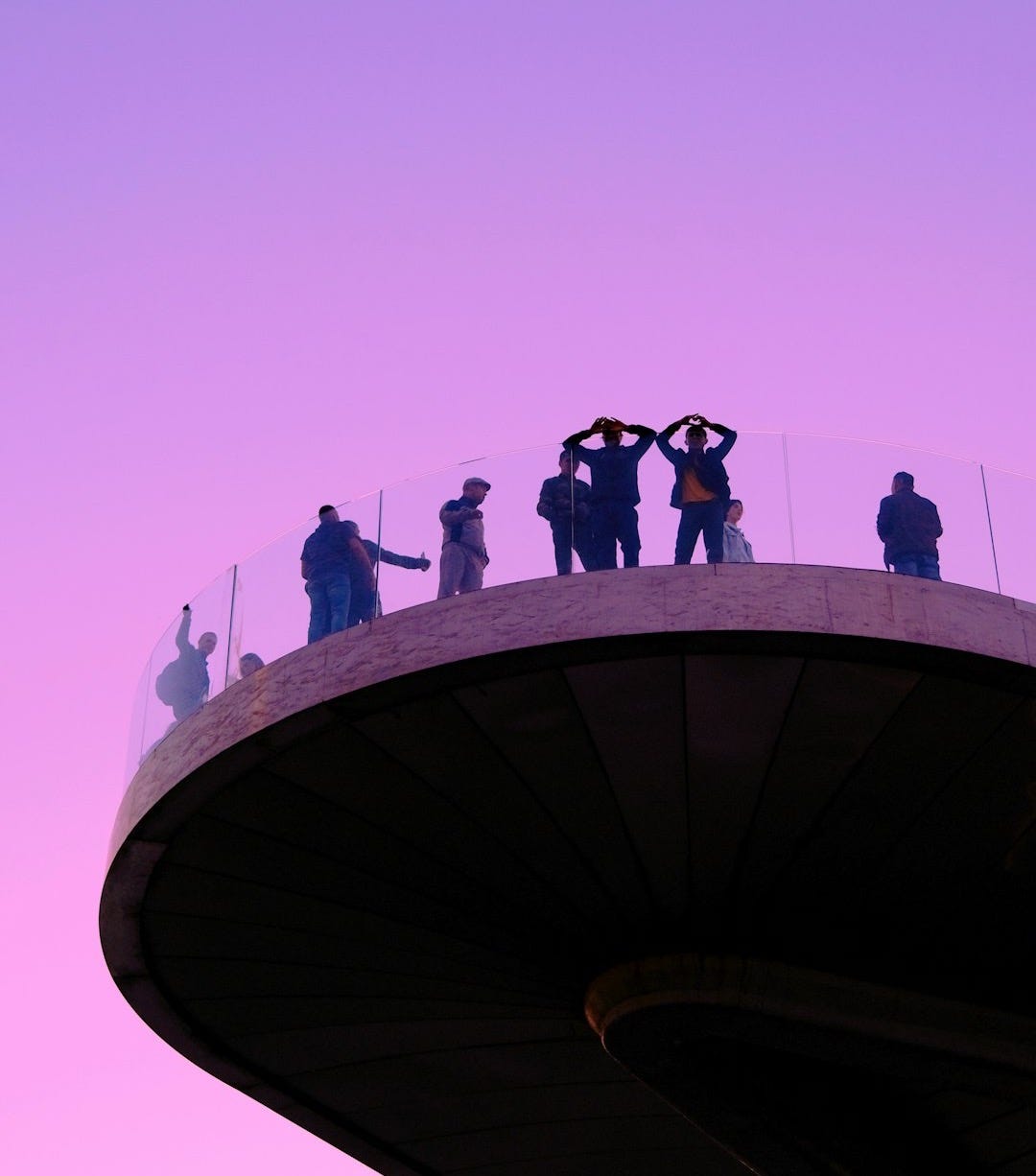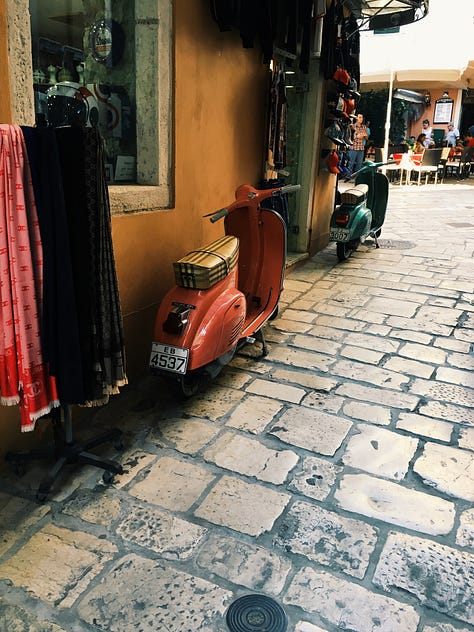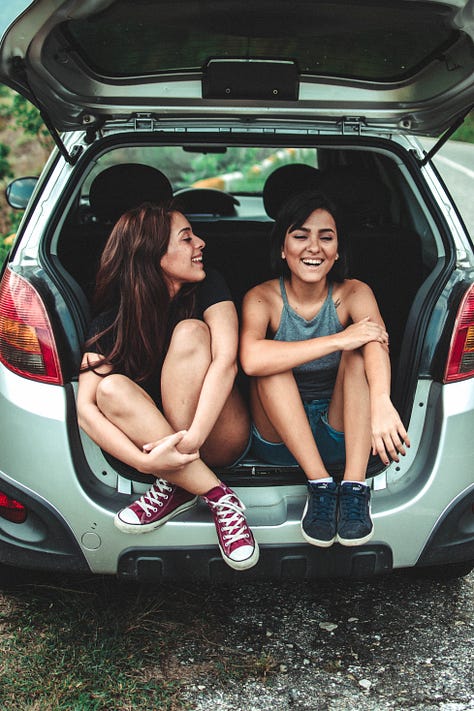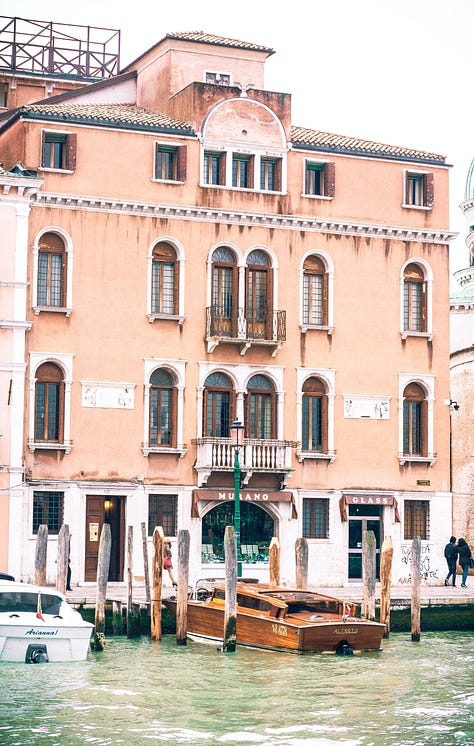
I’ve always loved the intersection of travel photography and photojournalism. Documenting travelers and the places they go. That world between the self-aware group portraits and bare sunset landscapes flanked by palm trees.
Back in the day, photographer Slim Aarons built a career on photographing celebrities at play in exotic destinations like the French Riviera and Palm Springs. Yes, it was a lot about seeing the “off-camera” side of famous people, but his photos are also about documenting a lifestyle that existed in a certain time and place. Unscripted moments in otherwise highly scripted lives. That’s what vacations are for us all. A break from our day-by-day routine and environs to re-create ourselves.
Today, with a little planning and some group participation, you can beat Slim at his own game. Whether it’s in trendy Palm Springs or the rugged Adirondacks, you can create a wonderful picture story of your own vacation lifestyle that preserves those memories for a lifetime. “Whole experience” photo collections that mirror the rich moments you enjoyed with family and friends.
The magic ingredient is your iPhone. The camera/video/darkroom/editing suite in your pocket. Paired with the cooperation of a few other iPhone people you can create a wonderful 360 degree record of your travel experience to fuel a follow up photo book, slideshow, or print collection. You can even make a game of it for those who can’t let go of their to-do lists, or for youngsters who need some entertainment.



Here’s how it goes.
The Director -
Like all productions there needs to be someone in charge. In this case it’s the person with a vision for the end product. Or at least the process. Maybe there is no clear story in the beginning but becomes clear over time. Someone has to set it up and keep it moving. This will be the person collecting all the media from time to time.
The Camerapeople -
These are the creators. From a few to everyone with you. No matter. They will be taking and contributing their photos. Possibly videos too if a slideshow is the goal.
The Objective -
The point of it all is to create a rich visual collection of your travel experience without turning anyone into “the photographer.” When several people contribute, then there should be photos of everyone. Also, photos are a reflection of how we see our world, so you get different perspectives that add visual diversity to your travel collection. You get the group shots, the candid shots, the landscape shots, and the local market shots. It all contributes to the story in wonderful ways.
The Process -
For years I’ve had travelers ask me the best way to share photos and videos among fellow travelers. There are sharing sites and services like Dropbox, or a shared folder on iCloud or Google Drives, but they all have some level of complexity to work. If your companions are tech or time challenged, you may end up with 2 dozen email attachments from them instead, probably the worst way of all to share pictures.
Fortunately, the iPhone offers the simplest, most bulletproof option for transfers on the spot. That’s what we’ll use.
AirDrop is Apple’s local transfer method and it’s really simple. In our case, it also has the advantage of being timely and engaging. It keeps the project top of mind and can even offer up a bit of competition, if that’s your circle’s vibe.
To use AirDrop you need to just check a couple things.
Go to Settings > General > AirDrop and be sure it’s switched On.
Choose Contacts Only (assuming everyone’s Apple ID email or cell phone is in your Contacts) or Everyone for 10 Minutes if you don’t.
Check that Wi-Fi and Bluetooth are on.
Now when you select photos and videos that you want to share from your day’s activities, tap the Share icon, and tap AirDrop, each Cameraperson can share their selected media to the Director.
This can be a regular end-of-day or start-of-next-day activity. Which not only keeps the project top-of-mind, but saves everyone from going through dozens of photos after getting home and trying to cull and share after the fact.
Watch for Part Two about what you’ll want to include in your 360 degree coverage, some video tricks, and the Director’s tasks to pull it all together.




